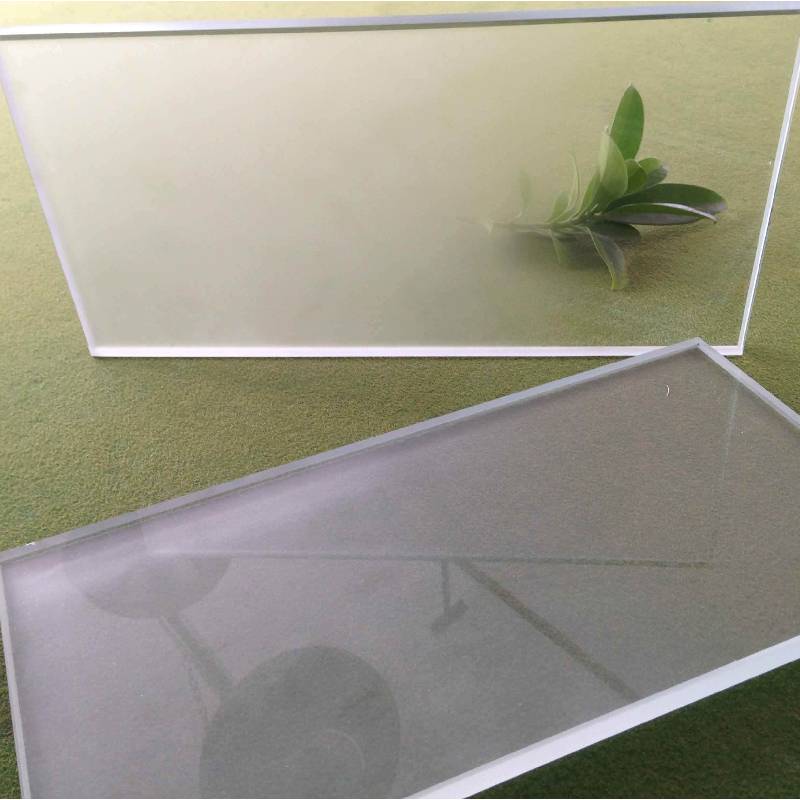

The Allure of Silver Carved Mirrors A Reflection of Art and Elegance
In the realm of interior design, few items possess the timeless elegance and intricate beauty of silver carved mirrors. These exquisite pieces not only serve a practical function but also double as stunning artworks that elevate the aesthetic of any space. The allure of silver carved mirrors lies in their unique craftsmanship, historical significance, and the way they capture and reflect light, transforming an ordinary room into a sanctuary of style and sophistication.
The Craftsmanship Behind Silver Carved Mirrors
At the heart of every silver carved mirror is an artisan's dedication to their craft. The process of creating these mirrors requires skill, precision, and an eye for detail. Artisans often start with a base material, like wood or metal, and carefully apply a layer of silver leaf or a silver finish, achieving a lustrous surface. The carving process involves delicate, intricate designs that showcase motifs ranging from floral patterns to geometric shapes. Each mirror is often a labor of love, taking hours of meticulous work to ensure every detail is perfect.
The craftsmanship is not just about aesthetics; it often incorporates cultural elements and historical techniques. For instance, many silver carved mirrors draw inspiration from eras such as the Baroque or Rococo, where ornate designs were highly valued. This rich history adds character and depth to each piece, making them not just a reflection tool but also a narrative of art and culture.
Historical Significance and Cultural Impact
The tradition of using mirrors dates back to ancient civilizations, with the earliest examples made of polished stone, bronze, or silver. As techniques evolved, so did the complexity and beauty of mirrors. During the Renaissance, mirrors became a symbol of luxury and status. The use of silver became prevalent, as it not only provided a reflective surface but also conveyed opulence. Silver carved mirrors became popular among aristocrats and wealthy families, reflecting both their social standing and their taste for fine artistry.
As the centuries progressed, these mirrors traveled across continents, influencing and incorporating various artistic styles. In Asia, for example, silver mirrors often featured intricate designs that suggested natural elements and spirituality. The melding of different cultures led to a diverse range of styles, allowing contemporary artisans to draw from a vast pool of inspiration while creating modern interpretations of these historical mirrors.

The Functional and Aesthetic Roles of Silver Carved Mirrors
Beyond their artistic appeal, silver carved mirrors serve practical purposes in home decor. They have the power to create an illusion of space, making small rooms feel larger and brighter. A well-placed mirror can reflect natural light, which not only illuminates the space but also enhances the beauty of surrounding decor. The silver finish on these mirrors adds a warm glow, further elevating the ambiance of any room.
In terms of styling, silver carved mirrors can fit into various design aesthetics. Whether your home boasts a rustic charm, a modern minimalist approach, or a classic vintage vibe, there is a silver carved mirror that can complement and enhance your space. They can be used as statement pieces above mantels, in hallways, or even in bathrooms to add a touch of elegance and sophistication.
Caring for Silver Carved Mirrors
Maintaining the beauty of silver carved mirrors requires special care. Regular cleaning with a soft, damp cloth helps prevent dust buildup and tarnishing. It’s important to avoid harsh chemicals, which can damage the silver finish. For deeper cleaning, gentle silver polish can be applied sparingly, ensuring that the intricate carvings remain highlighted and beautiful.
Conclusion
Silver carved mirrors are more than mere decor; they are a harmonious blend of art and functionality. Their unique craftsmanship and historical context allow them to transcend time, remaining relevant in contemporary design. Whether gracing the walls of a modern apartment or a historic home, these mirrors not only reflect our physical presence but also the rich tapestry of human creativity and artistry. Embracing a silver carved mirror in your space is not just an investment in a functional piece; it’s an invitation to explore a world of elegance, history, and artistic expression.